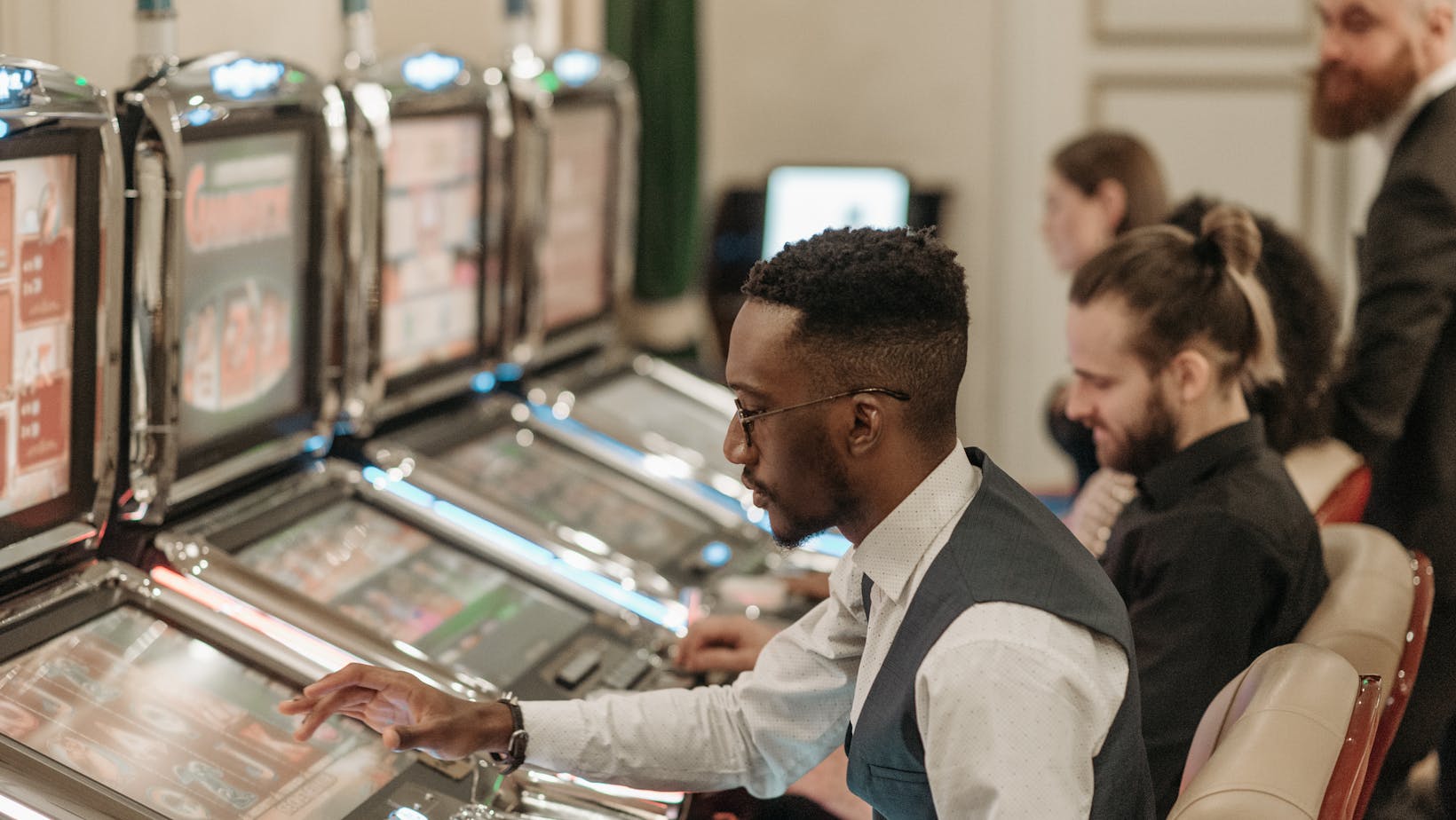The bright lights and sounds of the slot machine floor are designed to energize your senses and quicken your pulse. With each press of the spin button, you watch in anticipation as the reels clatter to a stop in hopes of revealing a winning combination. But what determines whether you walk away a winner or not? Behind the exhilarating sights and sounds lives an intricate system powered by math, statistics, and randomness. Understanding the science behind the spin can lend valuable insight into your odds and payout potential.
The Slot Machine Payback Promise
At the heart of every slot machine at mBitCasino and other gaming sites lies its payback percentage, also known as its RTP (return to player) rate. Expressed as a percentage, a slot’s RTP indicates how much money is paid back to players over an extended period of time, usually hundreds of thousands if not millions of spins. If a slot machine has an RTP of 95%, it will pay out $95 for every $100 wagered on it. The casino keeps the remaining $5 as gross profit.
RTP rates operate on the law of large numbers, meaning short-term results may differ greatly but will converge around the advertised rate over long periods of play. You aren’t guaranteed to receive $95 back after wagering $100 in a single session. But play that same slot for weeks, months, or years, and your average payouts will be near 95%.
Who Determines a Slot’s RTP Rate?
Slot machine manufacturers work closely with mathematicians, statisticians, and computer programmers to develop games with enticing RTP rates attractive to players while still allowing for casino profits. Regulators test new slot machines extensively through computer simulations and live play trials to verify their RTP rates match what the creators claim before approving them for casino use.
Once on the casino floor, slots are monitored regularly via internal systems tracking the ratio of wagers to payouts. Significant deviations from a game’s expected RTP rate can trigger alerts for technicians to inspect and remedy a slot machine to keep it within standards.
RTP Rates Vary Across Slot Machine Types
Not all slots are created equal when it comes to RTP rates. Payout percentages can vary notably depending on the type of machine:
- Straight slots – The simplest type of slot with fixed jackpots, these games tend to have RTP rates ranging from 85% to 98%.
- Progressive slots – These machines feature jackpots that grow over time as more people play. Their base game RTP is lower to counterbalance high jackpots.
- Video slots – Offering interactive features and bonus rounds, video slots generally have higher RTP rates from 92% up to 97%.
| Slot Type | Typical RTP Range |
| Straight slots | 85-98% |
| Progressive slots | 85-91% |
| Video slots | 92-97% |

Random Number Generators: The Engine Behind the Reels
Behind every modern slot machine lies a random number generator (RNG) algorithm—the engine driving its operation. Random number generators are specialized computer programs that run thousands of number sequences per second. Each number feeds into the game’s logic, determining everything from reel positions to bonus triggers.
The rapid pace at which RNGs generate number sequences ensures slot machine outcomes are truly non-deterministic—there is no discernible pattern or predictability influencing results. Even minute fractions of seconds divide one spin from the next, meaning the combinations that appear are based purely on randomness.
Randomness Translated Through Game Logic
While RNGs output random numbers, slot machine mathematics translates that randomness into the odds and payouts you experience. Game logic determines how frequently certain symbols land on paylines, the probability of triggering bonus rounds, the distribution of prizes in mini-games, and more.
The RTP percentage factors are prominent here as well. If a slot machine has a 95% RTP rate, its game mathematics are structured to pay out $95 for every $100 wagered over time. Randomness provides the input, but the overarching game logic shapes the payout potential.
Conclusion: Understanding Slots Leads to Smarter Play
While slots rely heavily on chance, understanding key mathematical concepts like RTP rates, volatility, and how randomness gets translated into game outcomes can help you make informed choices. Knowing which slots offer better payback, which features bonuses and jackpots worth chasing, and how randomness alone doesn’t determine every spin empowers you to manage your bankroll smarter.

So, while the rhythmic clacking of the reels might hypnotize you, keep your wits about you! The science behind the spin contains valuable insights to make the most of your playtime. Whether slots are your casual pastime or serious pursuit, a little extra knowledge goes a long way.




